The hamburger, what’s not to love? No, not the American classic, but the navigation menu design. You know, the one with those three straight lines found in the top right corner of your screen. It’s an icon that hides a collapsible menu of possible link destinations, normally appearing on mobile designs. The hamburger menu is actually quite controversial in the UX design community. As such, Bluetext decided to break it down to deconstruct the user experience pros and cons of the hamburger menu.
Where does this funky food inspired design come from? The icon is actually a remnant of the 1980s, making it the perfect choice for retro embracing brands. The hamburger menu first debuted on Xerox copy machines, which had limited space and were therefore designed to be as simple as possible. The icon itself looked a lot like the menu that appeared when you clicked on it.
The design fell off designers’ radars for a few decades until a sudden resurgence in the mid-2000s. Why so? The emergence of mobile browsing had UX design teams more challenged to fit information on screens smaller than ever before. Facebook was one of the early adopters of the retro style and the design trend quickly caught on with many other websites and applications. 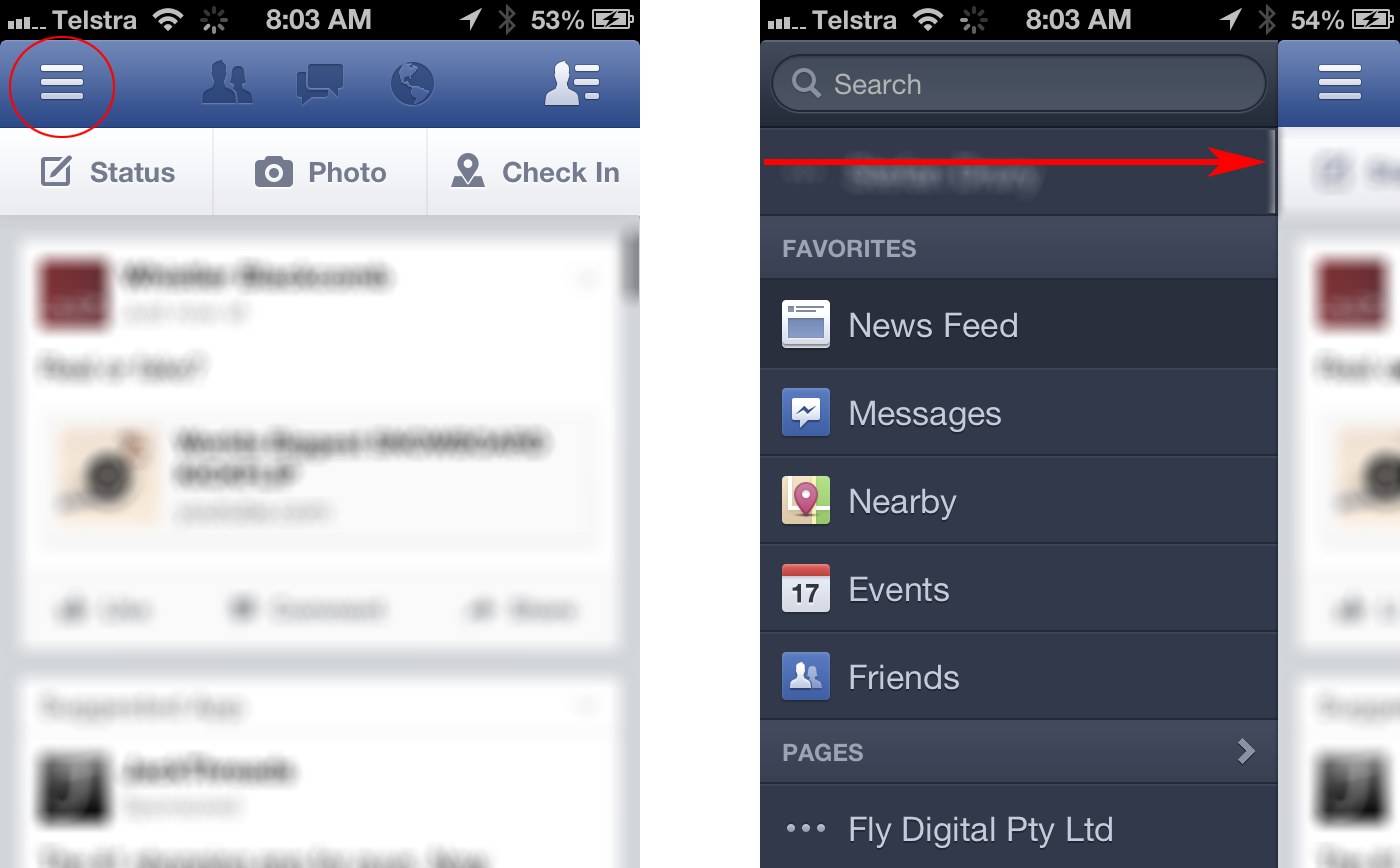
Larger websites have even adopted a hybrid approach, which uses both traditional top navigation and the hamburger even on desktops. Take the Bluetext client, SonicWall, for example. With a large number of products, solutions, and support resources to showcase, they needed a mega menu to encompass all links in an organized and interesting fashion. The top menu drops down to display page titles, short descriptions and even iconography for the high traffic areas of the website. To avoid overcrowding, other sections of the website are moved to a hamburger side menu for a cleaner user experience.
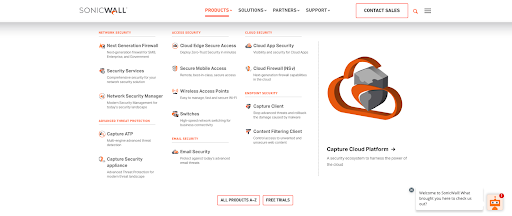
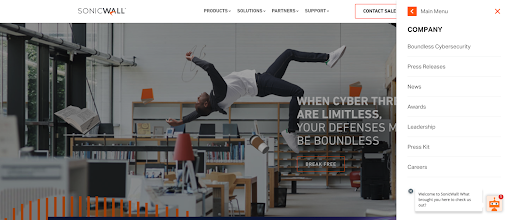
Some UX designers (vegans if you will) hate the hamburger menu. The main complaint with the design is that users can’t go anywhere or see anything without clicking the menu open. Many users expect immediate and obvious information, as seen in traditional top navigation designs. Many UX designers believe an intuitive navigation should obviously show two things: where a user currently is, and where they can go.
The hamburger menu has been the UX design go-to for years, but many companies are starting to debut some new menu items. For example the three dot approach often dubbed “the kebab”.
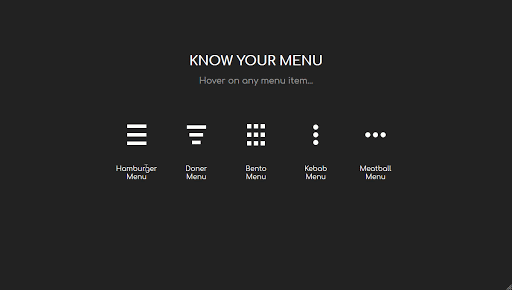
With mobile and tablet devices growing in popularity, there’s no doubt menu designs will continue to evolve in the future.
Does your website menu need a refresh? Contact Bluetext today to learn about our web and UX design services.
Data privacy features can be overwhelming. Every time you visit a new site, you’re immediately prompted with the same spiel: “Hey! Is it okay if we take your data?” You probably click ‘yes’ just to get rid of the annoying pop-up.
But what happens when you click yes? How are publishers using your data? How are we — the consumer AND the advertiser — affected by these data protection policies?
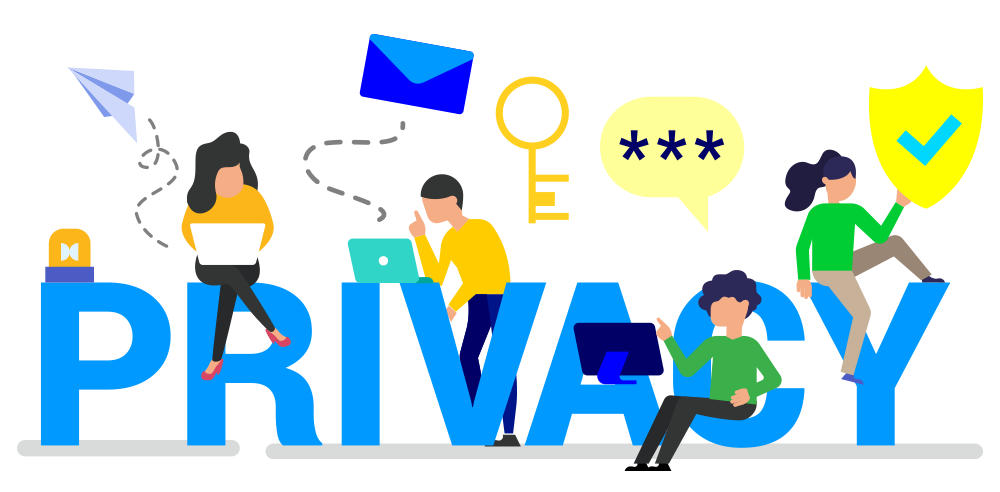
Understanding Data Protection Policies
Data protection policies really started to emerge and take force in the past several years. The most widely known data protection policy is the General Data Protection Regulation (GDPR), which was implemented in 2018. GDPR, in short, is “a legal framework that sets guidelines for the collection and processing of personal information from individuals who live in the European Union.” You can learn all about GDPR and what exactly the regulation covers on the official GDPR site.
But say you are an American-based company, are you affected by data privacy regulations? Just months after GDPR was enforced, the California Consumer Privacy Act (CCPA) was launched. Similar to GDPR, “CCPA outlines how businesses can collect, store and transfer consumer data from Californian residents.” You can find out more about what the Act covers on the official CCPA site.
The launch of these two acts threw many users and advertisers for a loop. For starters, if users are visiting your site from California or Europe, your site must be compliant. And let’s not forget one of the hallmarks of the “worldwide web” — the ability to connect users across physical boundaries. Remember the pop-up boxes and prompts we talked about earlier? Those were implemented across sites based on these new data privacy laws. In order for websites to be compliant, there has to be an explicit opt-in consent message that appears as soon as users visit a site, and no data can be collected unless the end-user opts in. This is a change from traditional advertising regulations in America, which required the option to opt-out (does the “unsubscribe” button sound familiar?). If a company fails to comply with these policies, it could “face a fine. In most serious cases, this fine could be up to 17 million euros or 4% of a company’s annual turnover.”
Data privacy acts are no joke! It’s imperative that companies follow the correct guidelines to ensure sites remain compliant — both for the company’s sake and the consumer’s sake.
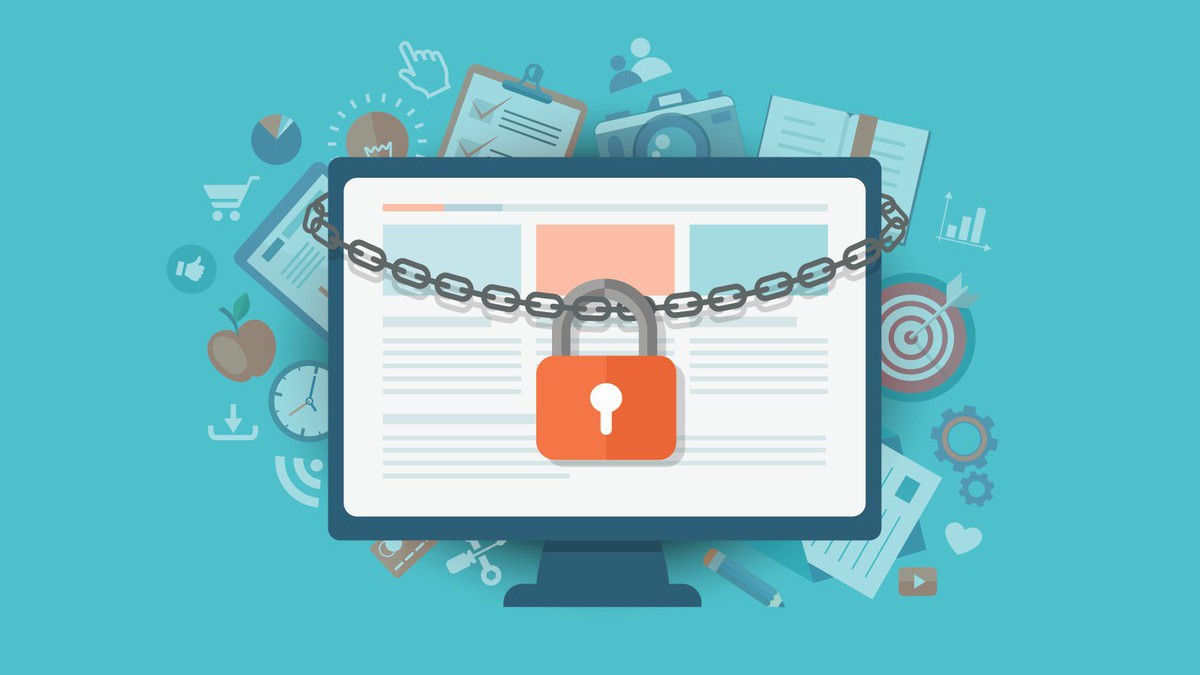
What Consumers Should Consider
The next time you are prompted with a consent message, just remember: if you click ‘yes,’ you are giving that company permission to collect and use your data. If this sounds eerily vague and leaves you questioning what a company wants from your data, you’re not alone. We encourage users to navigate to the privacy policy pages on sites before opting in; this way, you’ll know exactly how companies will use your data if you choose to click ‘yes.’
While “collecting data” sounds like a serious invasion of privacy, it’s worth noting that most companies only scrape the surface of data — data is usually anonymized and does not reflect any personally identifiable information (PII). Most companies know the importance of building trust with their consumers, especially as data privacy is at the forefront of most digital conversations. For this reason, companies are usually transparent in their privacy policy — showcasing exactly what data will be collected — and how that data will be used. Again, when in doubt, check out the site’s privacy policy page!
Many consumers have found that checking the ‘yes’ box does have its advantages. Have you ever visited an eCommerce site, eyeing a particular product, but passed because of the price tag? Many marketers set up retargeting campaigns — which are only activated if users accept the privacy policy — that enable them to serve product ads to users who leave the site without purchasing. If you’ve opted into the privacy policy, you might start to see ads of the product you wanted to purchase (or similar), and in some cases, a nice discount code will appear with the ad! In many cases, customers value the reminder to checkout their online cart and especially enjoy saving money in the process.
Another less obvious example is user experience. Websites will use consumer data to help create a more seamless experience for the end-user by understanding what the user is most interested in. We say this is ‘less obvious’ because when done right, you might think that the website is answering all your questions and solving your problems intuitively. Maybe it is — or maybe it’s the data talking.
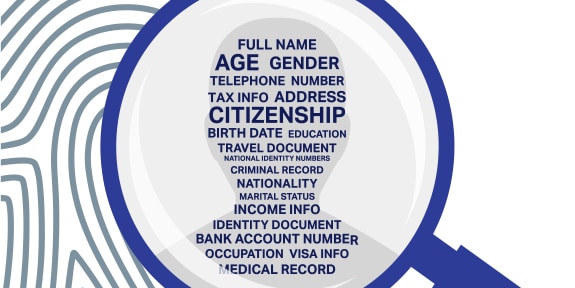
How Advertisers Should Navigate
As mentioned above, when it comes to data privacy and data protection policies, advertisers should prioritize consumers’ safety. In order to establish yourself as a trustworthy brand or company, make sure that you’re complying with all data regulations and are transparent with users about how their information is collected and used.
As long as you’re complying with data protection laws, you still have the same targeting capabilities. Here are some ways of leveraging data to build your brand’s digital presence:
- Create retargeting lists across platforms to follow-up with users who visited the site but didn’t convert, placing a more targeted ad in front of those end-users.
- Leverage compliant 1st party data to inform content development, predictive analytics, addressable advertising, and more.
- Learn and improve your site based on analytics data. If one of your most-visited landing pages has a high bounce rate and a low avg. time on page, work to determine why users are leaving the page, and update the UX to create a better landing page environment.
- Use the data you’ve collected from current users to reach new users who share similar digital attributes, also known as ‘lookalike audiences.’ Create lookalike audiences across paid media platforms such as Google Ads, Facebook, Twitter, and more.
The list can go on and on! But first: make sure your site is compliant, and make sure you’re putting the end user’s safety first.
Bluetext has learned a lot about data protection policies and data privacy over the years. We’re constantly adapting our site to make sure it’s up-to-date to remain compliant with data policies, ensuring consumer data is always safe. Visit our site to learn more about how we have achieved success while remaining compliant. And don’t worry, we won’t collect any data unless you’ve opted in!
There’s a reason why it’s called social media. People are connecting digitally, so naturally, there will be some level of engagement incorporated into social media platforms. Without engaging activities such as liking, commenting, or sharing, posts are simply just media, which from a digital marketing perspective, doesn’t hold much value for improving brand awareness and engagement.
So why is social media engagement important and how do you set your brand up for success in the social media sphere? Well, we first need to understand what engagement is.
What is social media engagement?
Social media engagement is a measure of how people are interacting with your social media accounts and content. Say you post a piece of thought leadership on your company’s LinkedIn account. That’s great, but once you hit “Post” that content is sent out into the social media ether and onto your follower’s device screens without much visibility into their reactions. This is where engagement becomes crucial; it provides valuable insights. The term can cover a broad range of actions across any social platform on a piece of content. For example, engagement might include:
- Likes and Favorites
- Comments, DMs, Replies
- Shares and Retweets
- Saves
- Clicks
- Mentions
These metrics give you insight on which posts are resonating most with your audience. Though, engagement is also crucial for how your overall brand is perceived by social platforms themselves.
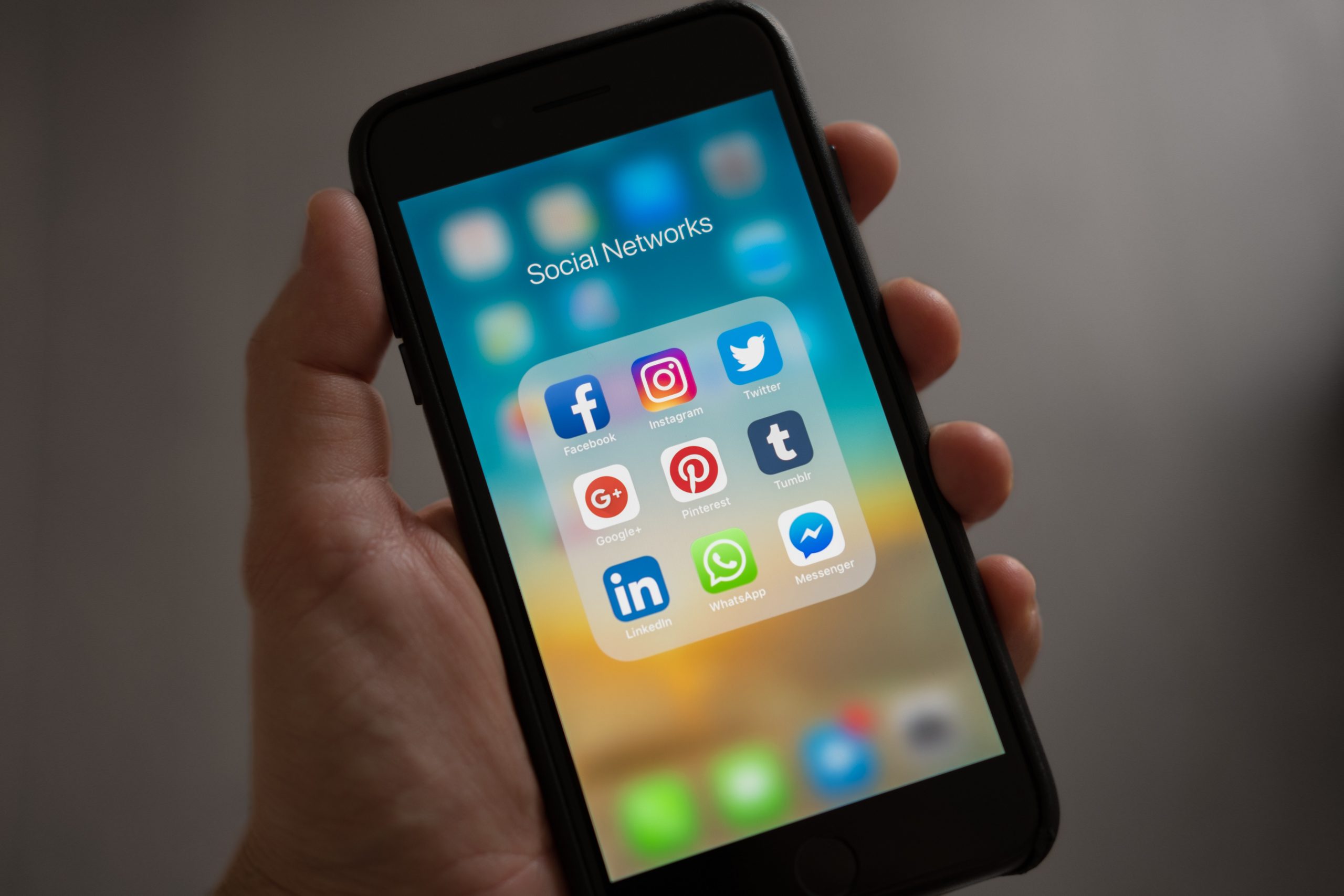
Why is social media engagement so important?
Engagement is so important because, frankly, social media platforms say so. Social sites have built algorithms to place the most relevant content for users in front of them, and they continue to get smarter as users continue to engage with content. Likewise, posts that get higher levels of engagement (both in numbers and in meaningful interactions) will be prioritized over those with simply the most likes.
As Facebook explains, “Interacting with people is associated with a greater sense of well-being… On the other hand, just scrolling through your Facebook feed, passively reading or watching without interacting with others, tends to make people feel worse.”
How do I make meaningful content?
The first step is understanding that there is not a universally correct answer for “meaningful content”. Meaningful is subjective, so it’s important to consider what specifically would be meaningful to your audience. To keep your engagement on the rise, you need to invest time into your social media strategy. Digital marketing agencies, like Bluetext, are particularly skilled at identifying, researching, and marketing toward your target audience, giving you the avenue to boost your engagement.
Here are three quick steps to help boost your engagement:
- Be social. You shouldn’t just post something and not engage with your audience, especially after they put in the time and effort to respond to you. Take the time to reply to messages, comments, and engage with other brands online.
- Have a consistent voice. Remind yourself that different audiences prefer different styles. Take a look at your target audience and establish a voice that may be most interesting to them and less so your personal taste.
- Know the social algorithms. Make sure you understand how the algorithms work on the different platforms to ensure you are taking advantage of how they operate. For example, some platforms, such as LinkedIn, factor in the timing of engagement on posts with how great the reach will be. Others, like Instagram, don’t incorporate timing into their algorithms.
Looking to boost your social media engagement? Request a consultation with Bluetext today to see how you can expand your reach.
It’s no secret that after a year of virtual, well, everything, people have entered into a phase of “digital fatigue”. Dr. Alexander Aizman, a New York-based physician and surgeon has coined this term to describe “the physical discomfort that is experienced after prolonged exposure to a digital screen”. Ever been shocked when your iPhone sends your weekly screen time report? It’s no wonder people are growing weary of the time spent on digital devices…
When COVID-19 forced the world online a little over a year ago, device use increased as many calls, events, and other in-person interactions became video conferences. Everything from professional networking, to personal tasks like ordering groceries, quickly pivoted to digital platforms. With people rejecting increasing screen time and looking to alternatives that allow them to avert their eyes, designers must establish a way to create enticing experiences in the midst of digital fatigue.
Cut Down on Blue Light
One way to switch things up is to create an alternative, dark mode experience for users. Dark mode isn’t just a trendy aesthetic, it is actually backed by UX research and health studies to benefit users. The majority of websites we interact with on a daily basis leverage white or light color-dominant backgrounds and excessive exposure to this can cause eye strain, dry eyes, and even disrupt our sleep cycles.
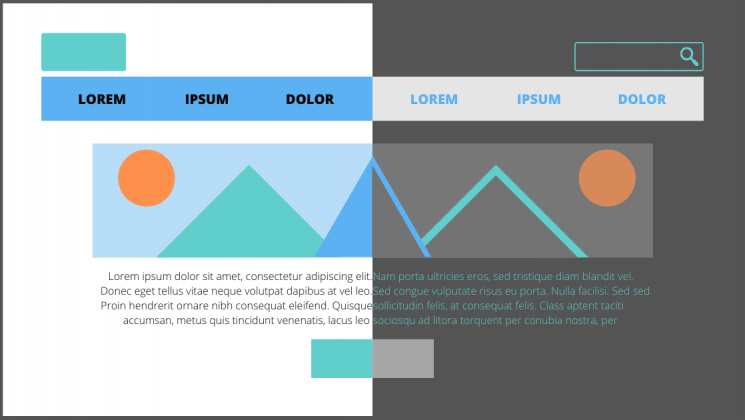
Allowing users to choose their experience, or programming a design that is time responsive, and will automatically update to dark mode for evening and nighttime hours based on the user’s location, can provide a break from all of the white space.
To learn more about ways you could incorporate dark mode into your designs, read our previous blog post.
Break Up the Monotony
Spending the majority of the day on screens and devices of various sizes can become exhausting for a number of reasons. Particularly if you are reading large amounts of online text content. When designers approach a new interface or even just a new landing page, it’s important to always keep the audience, and the environment, in mind.
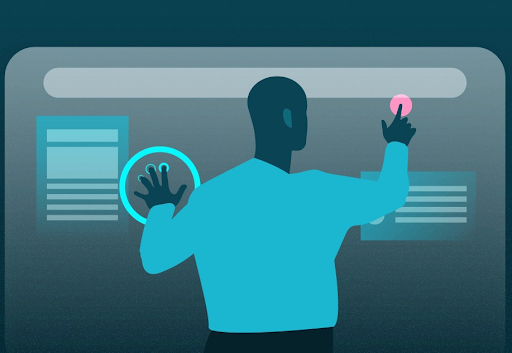
Think of a trip to the museum…it can be a great outing until the initial excitement wears off when each exhibit feels the same. Walking around and reading long content labels, in every roped-off section can only retain attention levels for so long. Yet when there is an interactive exhibit, the interest returns, and the learning and engagement experience offers a higher reward. The same concept applies to online businesses, websites that receive more engagement and interest offer a higher ROI.
Utilizing interactive content, whether it be diagrams, comparison tables, or even simple graphics, can break up long walls of text. Inviting users to interact with content and bringing in visual elements that convey information in easy to grasp and easy-to-understand ways will improve the users’ overall experience.
Introduce Motion and Movement
One notable way to make sure your users connect with content and accompanying design is to create experiences that introduce motion. Static content requires the user to continue scrolling or navigate to other pages and can quickly become repetitive and uninteresting. Incorporating movement into your design as users interact with the page can create a unique experience that will build interest and encourage interaction.

All of the techniques mentioned above bring exciting alternatives to custom designs, and avoiding digital fatigue will ensure users have positive online experiences.
If your website could benefit from a boost in online engagement and website interaction, you’ve come to the right place. Contact Bluetext to learn about our services in UX design, motion graphics and interactive website development.
Considering a new name for your business? Whether your company has just undergone a merger or acquisition, or perhaps just needs a fresh rebrand, corporate naming can be just as equally exciting as it is daunting. If you have kids you probably relate to the decision anxiety that comes with naming. Will the name fit his/her personality? Will the name be memorable and unique? Will it withstand the test of time? The classic choice overload paradox sets in. The infinite number of possibilities makes the ultimate decision even harder. Not to mention the significance a corporate name can hold. Choosing your company’s name is one of the most important decisions you’ll make, as it sets the tone for all future branding initiatives. For better or for worse, your business name helps create a strong first impression with potential customers and investors.
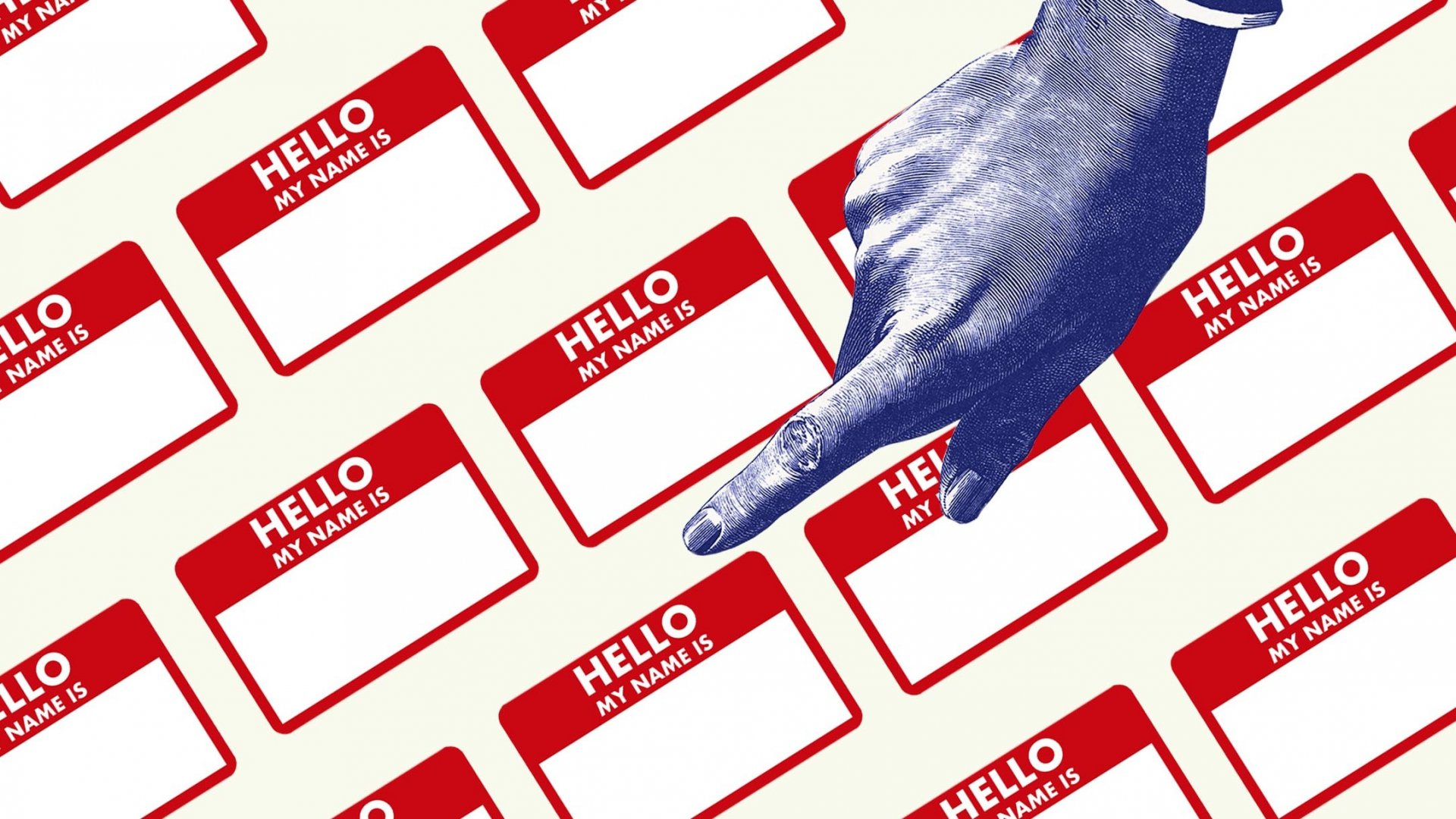
As a brand marketing agency, Bluetext has assisted a number of companies in the naming selection process. Many of our clients considering a new name often ask, “Well, where do we begin? How do we name our company?” And truthfully, there is no right answer to that. Coming from years of branding and messaging experience, we’ve learned successful new names can arise in a variety of ways, but names do tend to flatline for a few consistent reasons. So, we figured it would be best to start with what not to do, leaving exactly what to do open to the unique circumstances. Keep reading for a number of tests that can help you weed out names that can help you avoid brand regret down the road.
How Not to Name Your Company
Copy the Competition: Don’t select a name that mirrors others in your industry. Especially if you are in a crowded industry, or perhaps have business offerings that span multiple industries, it’s paramount you do thorough research to ensure there are no similarly spelled or pronounced competitors.
Twitter Test: Nowadays it is expected (and advantageous!) for every business to have social media accounts. One quick test for your new company name is whether it’s compatible with common social media handles. If your name is too long to be a Twitter handle (maxed at 15 characters), your handles will need to be adapted on other platforms as well.

Go Crazy with Creative Spelling: One of the biggest trends in naming is creative adaptations to spelling common words. For example, how Waze adapted the spelling of “ways” to creatively communicate their business. This strategy can be successful but can risk confusion. The issue with having an overly complex name is that you’ll always have to spell it when you say it because it isn’t spelled how people hear it. This could cause challenges with potential customers finding your business.
Bluetext’s Rule of Thumb: When doing alternate spellings of names, try and stay to one letter tweak per name.
Disregard the Domain Availability: Don’t fall in love with a name with an unavailable URL. When researching or considering new names, we recommend looking up the domain options immediately.
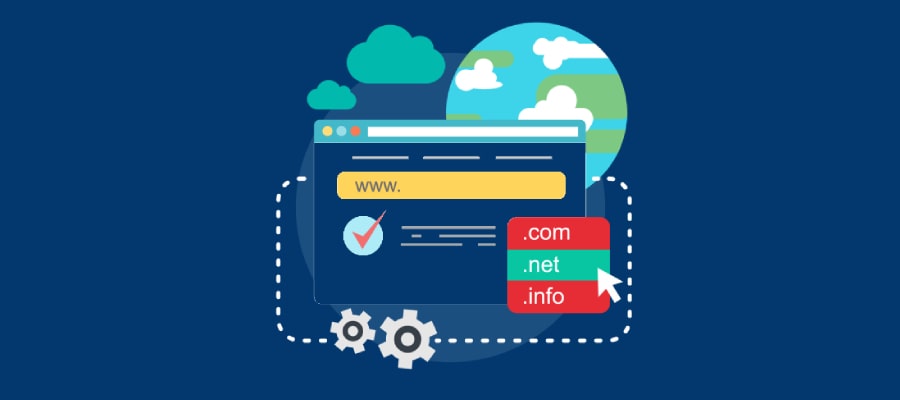
Let in Too Many Voices: While great in theory, opening this discussion to the masses is never a good idea. It is incredibly unlikely that involving everyone will result in a consensus. Oftentimes involving too many decision-makers is like having too many cooks in the kitchen, it just results in an inefficient and stagnant discussion of competing opinions.
Bluetext Rule of Thumb: Involve only key decision-makers. Ones with the company’s best interest in mind, and those able to leave their egos at the door. It may be worth taking the decision to a vote when you have selected a top 2 or 3 names, but in the early ideation and decision phases, be sure to limit the discussion to only relevant stakeholders.
Frankenstein Phrases: One common naming tactic is to combine parts of an adjective and a noun into a new word. While great in theory, more often than not the name seems disjointed or forced. The two words might work great on their own, but just don’t go together. Other common fallbacks include truncated words like Tech, Corp, or Tron.
Go Too Generic: While your name should not be overly descriptive and superfluous, going too generic can also be dangerous. Random acronyms don’t give any hint into your brand, offerings, or story. A good test is whether someone could tell what industry you’re in by the name. Overgeneralizing could cause people to overlook your company if there is no sense of differentiation. Conversely, you also don’t want to use a name that is too specific to the industry you’re in, as doing so will limit your ability to expand into new territories and sectors with the same company name.

Forget to Practice Pronunciation: One of the most telling tests of a name: Can it be easily pronounced? Ask unbiased third parties to read the name aloud. Did they pronounce it as you expected? Can you easily repeat the word over and over without mispronouncing? Does the name roll off the tongue or is it a jumble of awkward consonants? Just like you would want your brand to look and feel right, you need your company name to sound and feel right.
We’ve shared our top eight ways not to name your company, but what should you do? Consult a professional branding agency. Hiring a third party brings in a fresh perspective to your company and overall brand strategy. Not to mention they will have a staff of professional copywriters who can help craft your new name and corporate messaging.
Need a new name? What are you waiting for? Contact Bluetext to learn more.
In a year when in-person events and meetings aren’t possible and Zoom-fatigue has set in, you need a way to virtually interact with your audiences in an engaging way. Here at Bluetext, we’ve spent a lot of time perfecting our digital experience platform to help you connect with your audience. Keep reading to learn more about our briefing centers.
Targeted Audience Experience
As with any experience, you’ll want to tailor it to your specific audience. Whether your goal is to disseminate thought leadership or acquire leads, your messaging and resources should support your goal. While it’s difficult to create a custom experience for each user, our Digital Briefing Center platform supports creating custom virtual experiences for different audiences. This empowers you with the option to create a one-size-fits-all experience or multiple tailored experiences.
While we understand many tailored experiences sounds great, that can easily turn into a lot of content creation and maintenance. That’s why we work with every client to provide experience-based recommendations for your Briefing Center. Ultimately, we recommend leveraging your existing content alongside some tailored content for your audiences. Bluetext has plenty of experience creating content, see some of our work here. As a full-service marketing agency, we will help you create a content marketing strategy to ensure your content is valuable, engaging, and worthwhile for your audience.
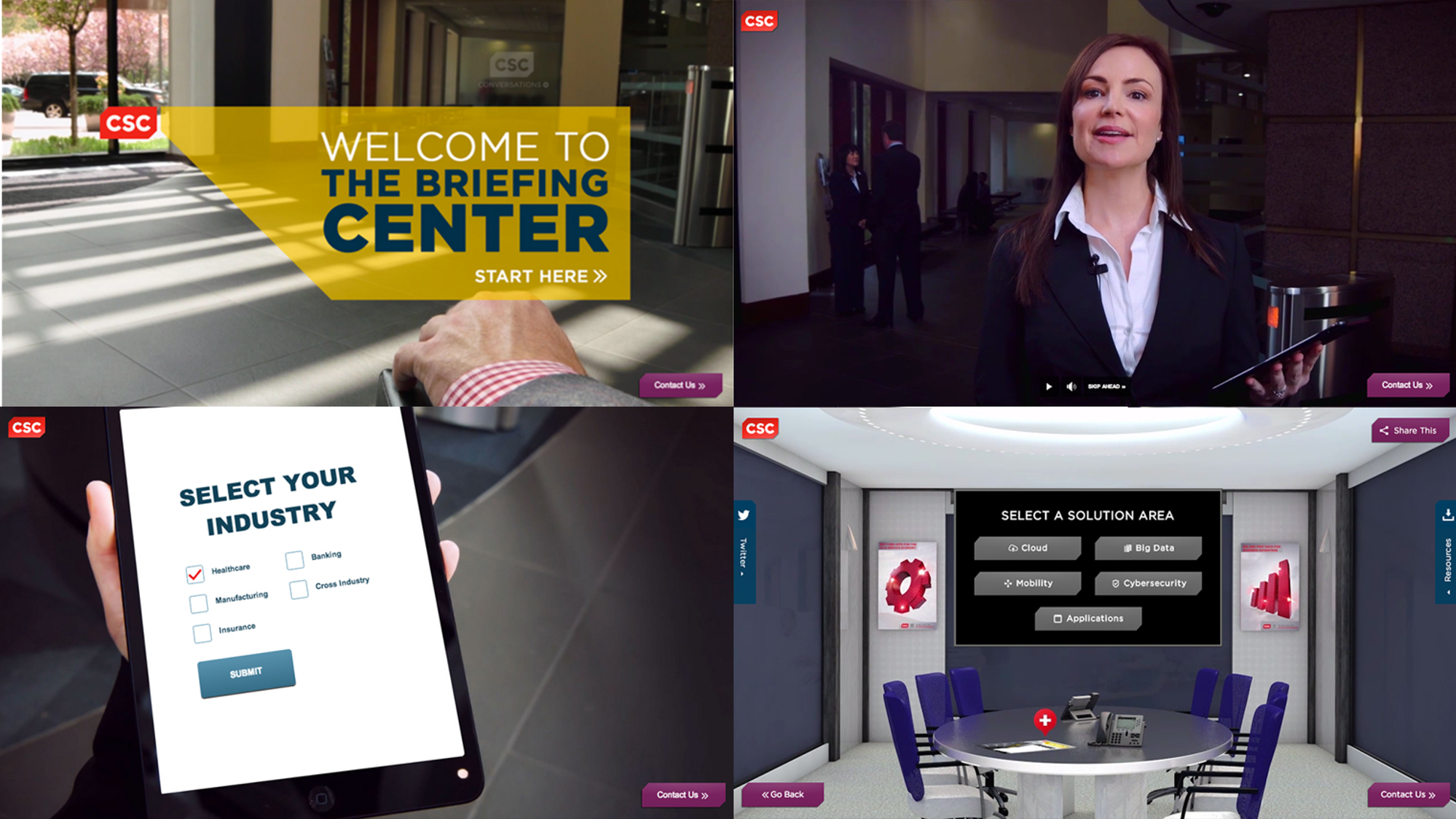
User-Approved Design
As with any virtual event, it’s about the experience for your audience. From inception to launch, we’ve worked with our in-house UX experts and our clients to come up with the best design with the end users in mind. That means regardless of the content you end up using, our design will help it shine and push users to convert.
As a user visiting a Briefing Center for the first time, you can expect a welcoming and straightforward design. Here at Bluetext, we prioritize user experience design and go the extra mile to emulate a live in-person experience. For example, what would a user expect at any traditional event? Perhaps to enter a conference center lobby and be directed with agendas and introductions. So why not replicate that across a digital platform? A streamlined user journey is something we provide in any virtual experience, website design, or platform. With the ability to gate the experience for new users, you can capture key contact information for your CRM. As a return user, bypass the gate to access the experience with ease.
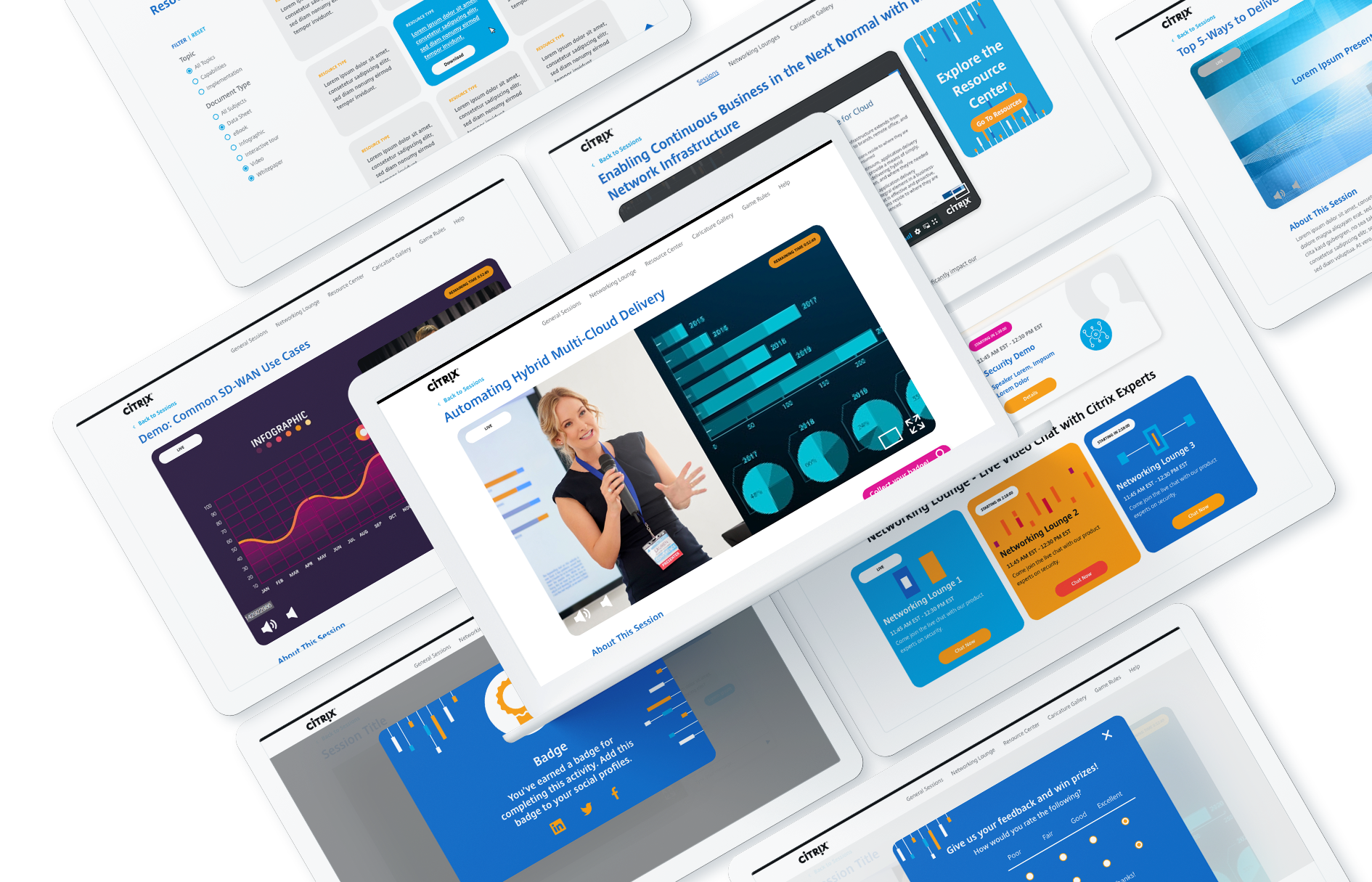
Connecting With Tailored Content
Every Digital Briefing Center uses tailored content specifically to meet your audience’s needs. From custom 3D environments to professionally recorded stakeholder briefings, your Briefing Center will convey key messaging in a personalized way. When you can’t meet your prospects in person, at least create the illusion of an in-person experience. Additionally, implementing live video and text chat capabilities can have your team on standby ready to talk with them.
Don’t let custom content intimidate you. Our team has mastered the remote video recording process. Using a comprehensive recording guide and video chats, we walk you through how to professionally capture any speakers you want to host in your experience.
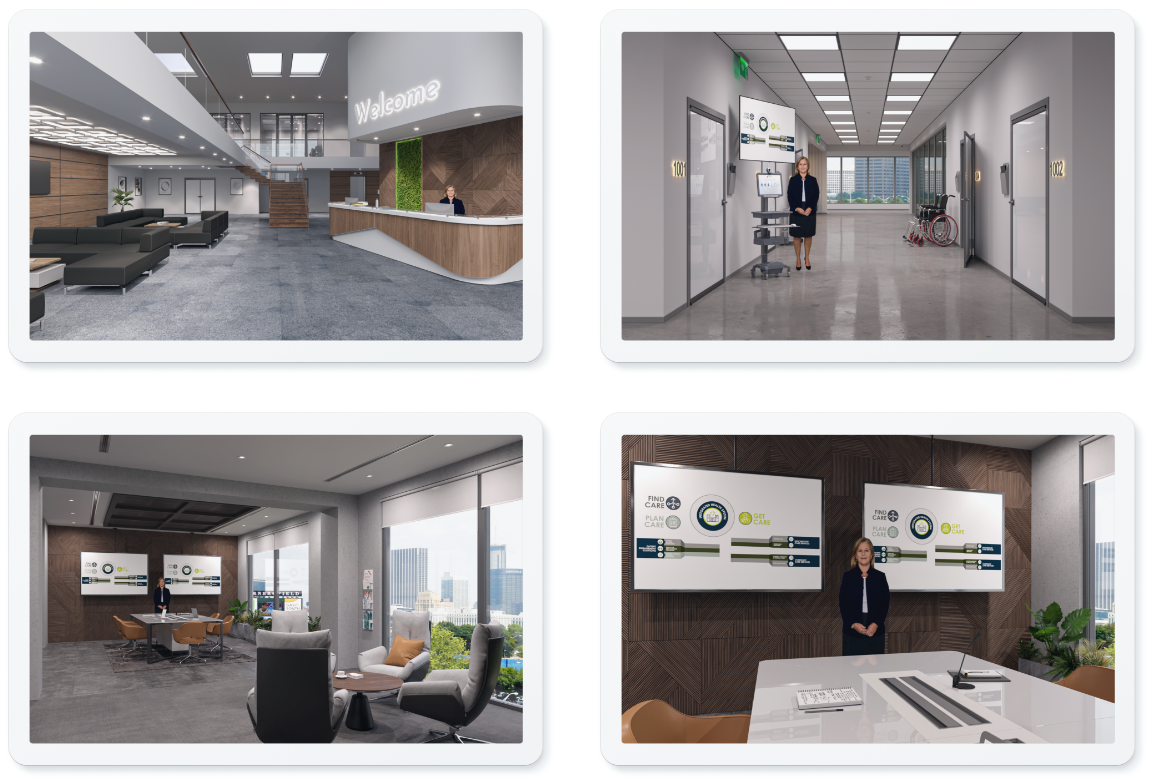
A Partner You Can Trust
So you’ve decided on creating your own digital experience. What comes next? Bluetext has the industry knowledge to guide you step-by-step from discovery to video capture to launch. Want to learn more? Watch our video and contact us today to learn more.
Due to the global pandemic, the rise in virtual events over the past year has created a new element of accessibility to gathering. The past year has exposed previously unacknowledged limitations to in-person events, where only a limited number of attendees could be a part of the action. However, the advantages of event accessibility can bring implications to traditional registration strategies that previously relied on limited availability and exclusivity.
Recorded webinars, streaming services, and many other on-demand materials can remove the sense of urgency from common event marketing tactics. If an audience member knows they will have access to an event at any point in time, they may feel less inclined to participate in, or even join an event in real-time.
At Bluetext, we have found a way to help our clients capture interest and create urgency around virtual events. Leveraging the best industry tools available and reliable systems to create a realistic and professional virtual event experience allows you to open your virtual event to a wider audience, without sacrificing the emotions and experience of in-person, physical events.
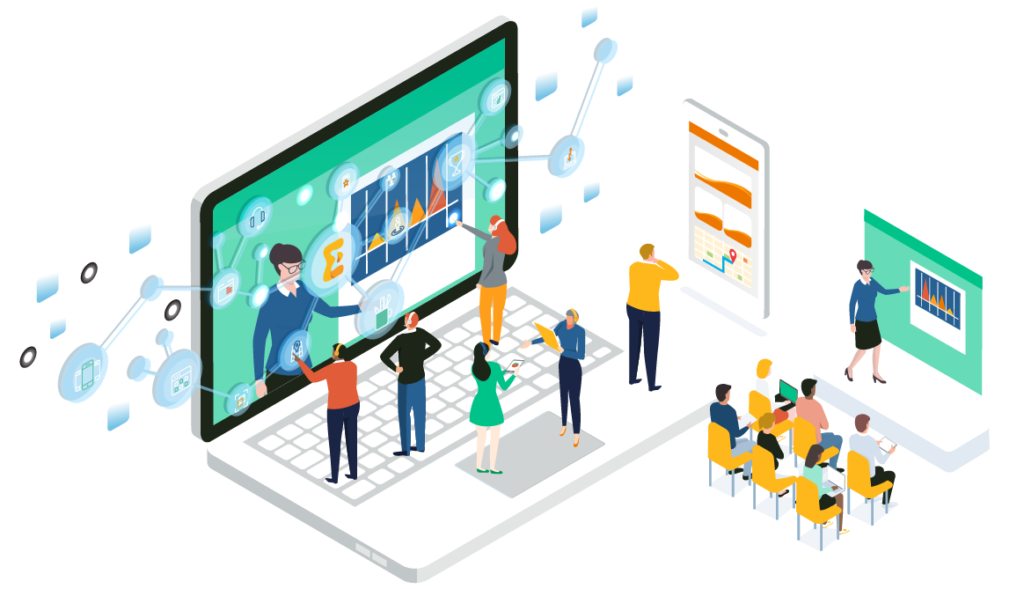
Stay true to your brand
This piece of age-old advice has never been more true. If you get away from your core values and try to create a virtual event setting that would be unfamiliar to your typical target audience, potential attendees and customers may not come away with the right message. A virtual event is an opportunity to get creative with event-specific branding, but make sure that there are still remnants of the brand your users know and love. Take SonicWall’s Boundless 2020 event for example. Bluetext created a specific EVI (event visual identity) inspired by their Boundless campaign, new product dark mode features, and existing brand identity.
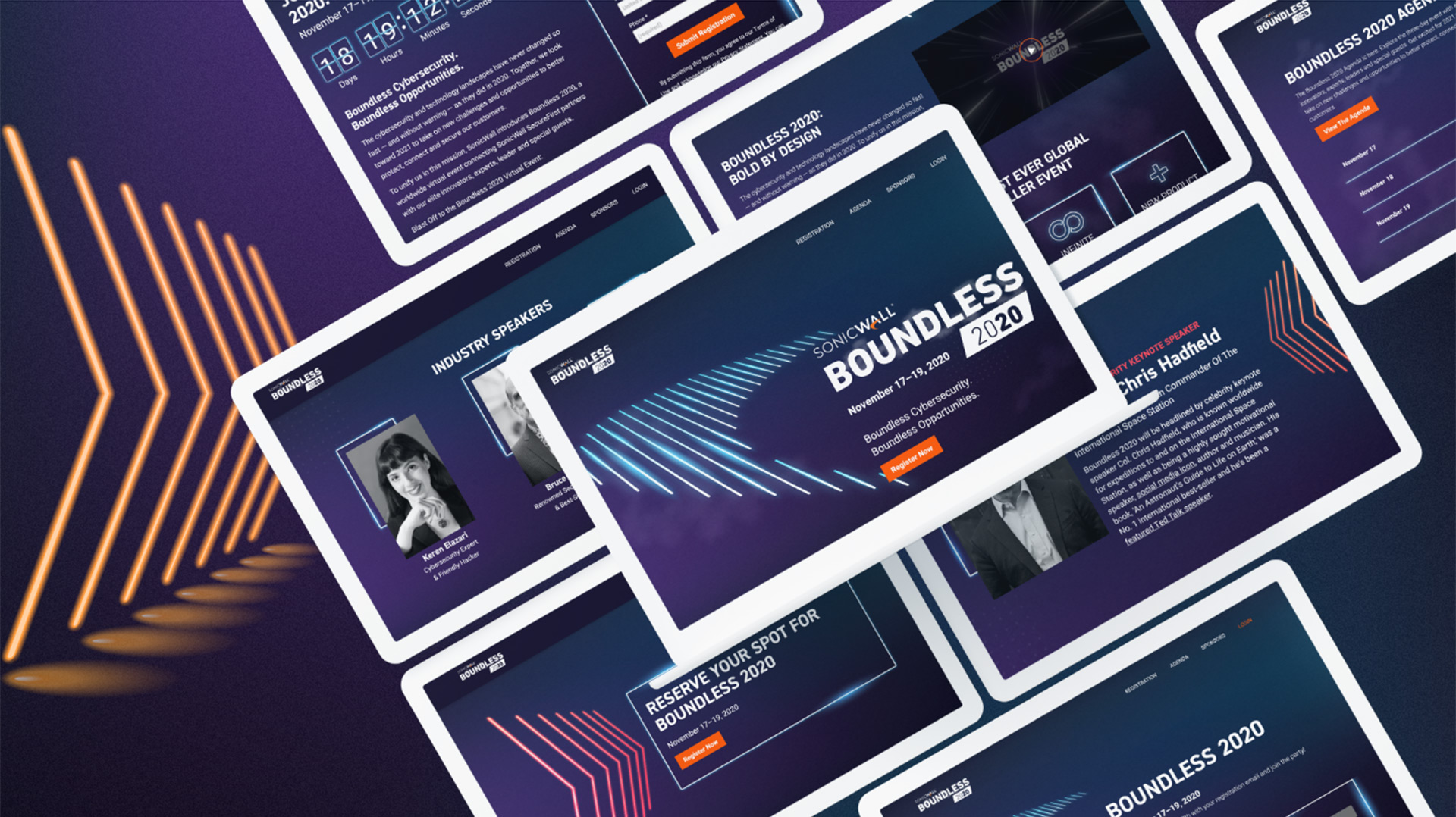
Drum up your attendance
The old goal for larger event attendees was to get people in the room. Now, a successful campaign will convert registrations into live viewers. Everyone wants more eyes on the screen and ultimately your brand.
Everything comes down to how you plan and offer an event. One way to create urgency includes making sure that people know it will only be a one-time opportunity. The novelty of exclusive and experiential experiences very much still exists in the virtual world—it is just a question of making sure the audience knows what to expect and what they could miss out on if they don’t attend.

Play the long game
Many experts are hinting that even after the pandemic recedes, aspects of virtual events may be here to stay. The success story of the virtual event is twofold. Some companies have noticed an increasing number of event attendees due to the ease of people signing on from home, and a hybrid option of partially virtual, partially in-person events will allow non-local attendees from around the world to participate in events they may not have otherwise due to the hard cost and opportunity cost of travel. It is now more important than ever that your company is prepared to comply with today’s event regulations by going virtual but also invest in a sustainable digital marketing strategy for future events, campaigns, and more.
Watch Bluetext founder, Jason Siegel, discuss how to create and maintain urgency in event marketing with Travelocity Founder and keynote speaker Terry Jones in this week’s Virtual Marketing Minute.
Large-scale, in-person events have all but vanished since the pandemic rocked our world just a year ago. It seemed that nearly all hope was lost for event marketing ― but then came virtual events.
Over the past year, virtual events have provided companies and organizations the opportunity to host their events in the digital sphere, often attracting far more attendees than their in-person events. These virtual events provide hosts and attendees with opportunities that physical events simply can’t.
No venue, no problem
Virtual events are exactly what they sound like ― virtual. This means that attendees don’t need to travel to attend a virtual event as they can enjoy them from the comfort of their own homes. No venue means no geographical constraints and the elimination of travel expenses. Attendees can join from all across the country, and all around the globe without costing their companies a dime.
See how SonicWall successfully garnered a 135% increase in attendance over their previous high-mark partner event.

High-quality production for higher retention
Virtual events allow companies to shift their budget away from venue fees and reallocate it toward production costs for their event. High-quality production captures and sustains attendee attention. If your event is lacking in production value, your attendees will be more inclined to spend time on their email instead of participating and actively listening to your hosts and guests.
Equipped with Citrix brand assets, Bluetext designed a fully-customized virtual event experience for Citrix Boot Camp, marked by live video playback, a resource center, and extensive tracking to provide an interactive and enjoyable online UX. See how Bluetext worked with Citrix to bring their networking event to the digital sphere.

The restriction of in-person events was once seen as an obstacle, however, the recent success and advantages found in virtual events have brought new opportunities and exposed flaws of previous systems. Virtual events aren’t going anywhere anytime soon. Even post-covid, the virtual event will continue to be a key component of event marketing and management where nearly all events will be hybrid, and many still fully virtual.
Watch Bluetext founder, Jason Siegel, discuss the future of virtual events with Travelocity Founder and keynote speaker Terry Jones in this week’s Virtual Marketing Minute.
As a digital design agency, we know that the average person spends 3 – 5 hours a day on their mobile device! Over 20% of people check their phones every few minutes and over 50% of users look at their phones a few times an hour. Ever advancing apps and functionality are allowing people to transition almost any aspect of their life into digital devices. Order takeout? Sign a document on the go? Even adjust your thermostat. As a digital design agency, we’ve seen the increasing need for mobile-first web design. As mobile usage spikes by the day, hour, and even minute, a seamless mobile experience has become increasingly critical.
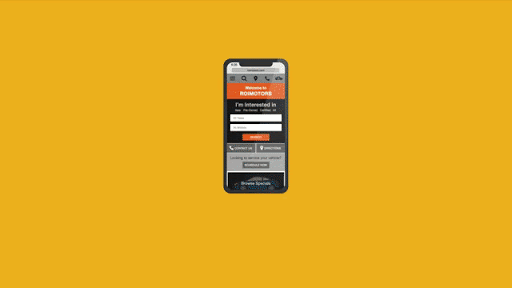
Responsive text is a no-brainer, your website copy will need to reformat to be visible and easily readable. But, to add a layer of complication to web design, images and illustrations must also work across all types of devices. With this in mind, designing websites and illustrations often turn into a puzzle, where elements must shift from wider pages to fit skinnier pages and vice versa. Before diving into a few of the benefits of mobile-optimized websites and illustrations, it’s important to first understand the two main ways you can build your site to work for multiple devices.
Responsive Design vs. Adaptive Design
Simply put, adaptive web design relies on static layouts that detect the size of the target screen and load the appropriate layout for it. We typically recommend designing adaptive sites for six common screen widths: 320, 480, 760, 960, 1200, 1600. However, technology companies are always debuting new devices with new screen sizes. Conversely, responsive web design is a dynamic design method that adapts to whatever screen – no matter the size – an individual is using. More specifically, responsive design uses CSS queries to change screen width, height, display type, etc. to adapt to the needs of a target device. As a digital design agency, we recommend a responsive design for a more fluid user experience.
Now that you have a better understanding of the main ways to adapt your site to multiple devices, keep reading to understand a couple of benefits you may not expect of mobile-optimized websites and illustrations.
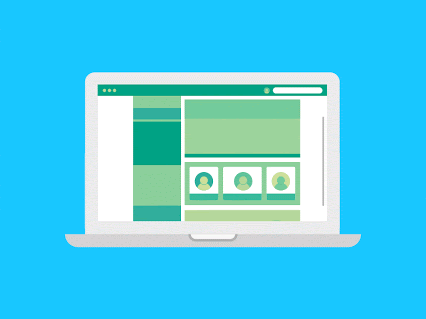
SEO Benefits
Many familiar with Google’s SEO practices know that there are three major steps to how it’s algorithm works: Crawling, Indexing, and Ranking. While all three are incredibly valuable components to understand, indexing is the most relevant for the purpose of this conversation. In short, indexing is Google’s process of storing the information and content they’ve deemed relevant for users. Since Google recognizes that most of its users are on mobile devices, they have shifted toward mobile-first indexing, which means Google ranks pages, structured data, and snippets from mobile pages of websites instead of desktop pages.
A key part of this process involves images and illustrations. In the past, many websites have blocked certain illustrations from showing on non-desktop devices. Therefore, Google can’t index these illustrations as valuable content to a user. However, as a digital design agency, we know that Google’s algorithm wants to see and categorize images and illustrations. By having a responsive web design, your website’s images can display on any device, making it easier for your website to rank in Google’s top organic search results.

Visual Triggers
For better or for worse, a large percentage of people comprehend and perceive images faster than words. Generally speaking, people are better able to perceive visual marks and process data when transformed into images. Additionally, almost 80% of users scan any new page they encounter, whereas 16% read word-for-word. Whether users are scanning or reading word-for-word – images, illustrations, and infographics are incredibly important. Not to be cliché, but a picture truly can be worth a thousand words.
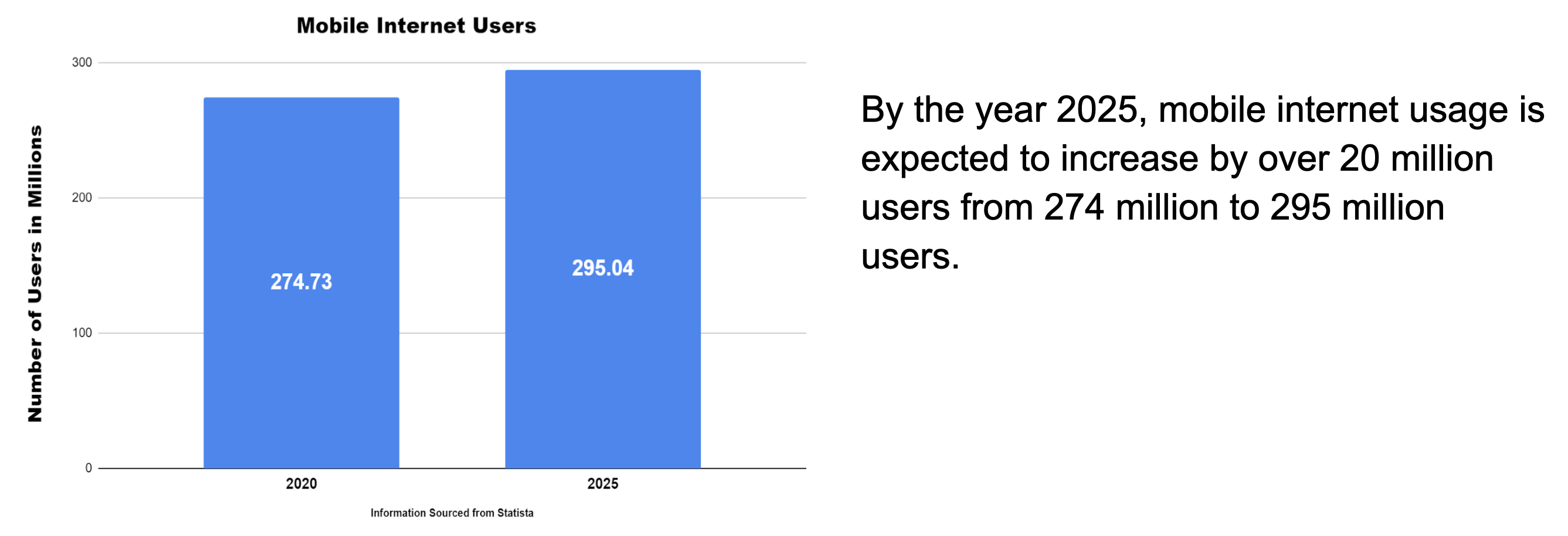
When viewing the information above, which drew your eye first, the graph, or the block of text? This question should always be asked when formatting content on a webpage, as we know that the user’s eyes are more easily drawn to illustrations than words. However, it’s important to note that images can be overdone. Adding too many images can be counterproductive, as it can create visual overkill. An experienced digital design agency, like Bluetext, can help make sure your images are helpful, relevant, and transferable between device types.
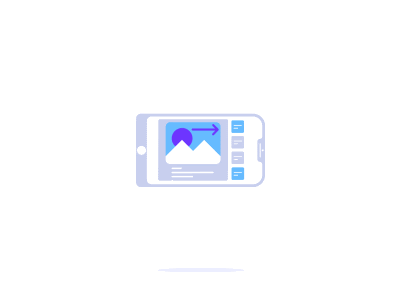
Conclusion
Images, illustrations, and infographics all visually communicate ideas and leave cumulative impressions on visitors to your website. By using them, you can create an immersive, empathetic, and humanized sense of context for users. An immersive experience can truly set your company apart from competitors and should be available to a user regardless of the viewing device. With mobile making up almost 60% of internet traffic, mobile-optimized sites and illustrations are necessary to ensure the user experience is fluid, attractive, and usable, no matter the device a visitor is using.
Interested in working with a digital design agency to help with your mobile experience? Contact Us!
Learn your customers. This is not news to anyone in sales, but the more you understand about your audience, the better you can appeal to them. With more and more sales moving to digital, companies need to invest in digital empathy and offering a personalized brand experience is the way to go. Gartner agrees, that this is the year that personalization can enable up to 15% more profits for companies who re-engineer their content strategy to align with customer intent on a case-by-case level. For instance, a questionnaire that simultaneously tracks their answers and interests while drawing them to your critical on-site content that aligns with those interests is a win-win. In the end, your customers are satisfied immediately when, after a few clicks, get what they need on a personalized listing page or action report, especially if you gate it, and you understand your customers in real-time. Raise your hand if you want to be a trusted consultant and thought leader with great top of funnel pipeline…
Peak Interest. Peak Opportunity.
You’re being overmarketed. That must sound strange coming from a marketing blog, but the truth as we see it is that there is more noise out there than ever and digital ad-apathy is stronger than it’s ever been. So how can marketers cut through that noise and get their foot in the door? Lead generation today is about taking the time to tailor and target the message to the right person. It’s important to balance marketing automation with personalized lead-by-lead outreach. Is it time-consuming? Absolutely. Is it worth it to increase your ROI? Absolutely.
Marketers overwhelmingly agree that personalization is a huge benefit for developing and maintaining customer relationships. According to Adobe 60% of us are having trouble trying to make the switch to personalized content, but 90% of marketers recognize that their target audiences expect a personalized experience.
So what change is happening to boost marketers’ confidence in 2020?
Empirical Empathy.
You may have the creative personalized ideas, writers, designers, and web developers ready to help go to market, but until your business has the right data to drive your GTM ideas, you might be starting from scratch. Instead, companies who cultivate all of their customer data together, including customer journey tracking, cross-platform reporting, and aggregating lead generation trends across their web, mobile, email, and social channels will find the personalized insights they need to succeed. Harness the bountiful (and cheap) organic user information, across multiple data platforms, into one cohesive customer profile. Then build your storytelling experience, quiz, or dynamic CTA button around what you’ve discovered about your users. Turn your expensive anonymous users into cheaper hyper-targeted users through a foundation of data and let a personalized marketing experience reap the benefits.
On average, marketers within companies store their customer data in at least four different systems, most of which are not shared or have no way to make meaningful connections. Dramatic investments are in store for whatever integration, platform, or process can unite the omnichannel user data and enhance data analysis. Start with implementing data-driven objectives like:
- Location Data
- Overlays
- Survey Responses
- Ad Campaign Interaction
- Tag and Filter Results
- Track Pageviews
- Smart Lists
- Dynamic Content Blocks
- Link Clicks
- Referral Source
With this precise user understanding at marketers’ fingertips, we enjoy the familiarity of personalized campaigns. Yet culling that data together and offering a message or experience to the potential lead based on their previous interactions with your company is vital to getting that foot in the door. Invest in understanding your audience and their behavior and interests and they will invest in understanding you.
Email is Still Mail.
Let’s face it, our inboxes aren’t overflowing with personal communications from friends and loved ones. That doesn’t mean email marketing has to be impersonal. So how do we get a user to click on that one email subject line when they return from vacation to a mailbox full of ads? Personalize your headline copy, customize imagery by location, gender, or season, and insert dynamic CTAs to make the offer relate to what you know about them. Make it pop!
Bonus – add additional personalized flair to your brand experience by implementing a kickback email upon conversion. The most common form of a kickback email is an automated thank you note sent to their inbox once their personal information enters your CRM. Higher engagement rate – check. Great first impression – check. Polite digital etiquette – check.
You’re on the Right Landing Page.
Let’s say you’ve finally convinced the user to engage with your content and click on the CTA button, you know you have their full attention. Making a personalized first impression when they arrive on the landing page both affirms that they are in the right place and encourages them to remain there. In the Calling All Optimists case study, the media campaign was designed to match the messaging that worked in the first place to pull double-duty by complementing the interest on the landing page. Driving the target audience to the site, the user is met with a unique welcome message in the hero-zone correlated to the specific ad they engaged with.
Personalizing your page ensures that traffic from all over the world sees the most appealing content for them. Whether it’s one of your homepages (yes – the more the merrier!) or a campaign landing page, every page should have a purpose correlating to every unique visitor and their previous exposure to your brand.
Make It Personal
Stand out by personalizing your digital reputation. Customers will remember your services, your messaging, and your products if you direct them to what makes sense for them, rather than sending them on a wild goose chase. Content marketing has been top of mind for this industry for years now, but personalizing that content marketing strategy is a way to make your brand feel exciting and special.
It’s time to say goodbye to cookie-cutter content passively thrown into your resources listing page and keeping your fingers crossed that someone stumbles into it. With social media engagement on the downfall and Google’s algorithm prioritizing their own thought leadership over yours, it is imperative to transform your strategy into something that appeals to your ideal customer. Two-thirds of consumers say they will switch to brands that treat them like an individual rather than a data point, a trend that will continue to be driven by younger audiences who value brands that are transparent, authentic, and personal.
No matter the tactic, the fundamental purpose of personalizing any campaign is to boost engagement by telling the user you understand their need. Communicating your own message by listening to their needs first will always prove to be worth the research, planning, and testing effort. Delighting the modern consumer is going to take some analytics-grit, but doing your marketing homework before investing in any large personalization initiative will pay off in 2020.